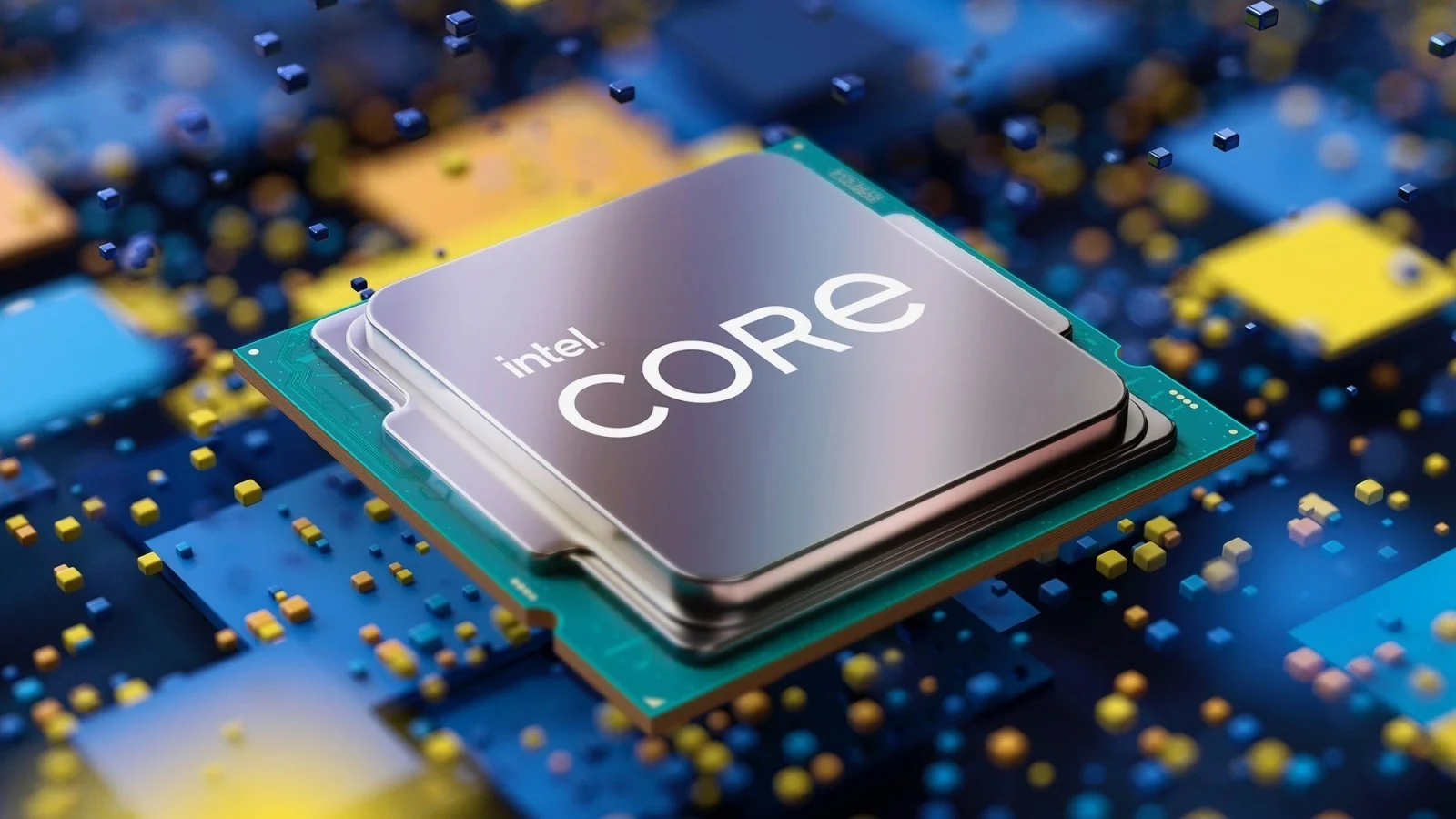Introduction:
In the ever-evolving landscape of computer processors, the battle between single-core and multi-core performance has been a constant dilemma for tech enthusiasts and professionals alike. Intel, a leading player in the semiconductor industry, has recently unveiled its Intel13th Gen processors, promising advancements in both single-core and multi-core capabilities. In this blog post, we delve into the intricacies of Intel’s 13th Gen processors to determine whether they truly deliver on both fronts.
Understanding Single-Core Performance
Single-core performance remains crucial for tasks that rely heavily on a processor’s ability to execute instructions sequentially. This includes gaming, web browsing, and various everyday applications. Intel’s 13th Gen processors aim to enhance single-core performance through architectural improvements and increased clock speeds.
Intel’s approach involves refining the microarchitecture to achieve higher instructions per clock (IPC) rates. The introduction of new technologies, such as improved branch prediction and advanced execution units, is expected to boost the efficiency of each core, resulting in superior single-core performance.
The Rise of Multi-Core Dominance
In contrast, multi-core performance has become increasingly vital in addressing the demands of modern computing, including video editing, 3D rendering, and multitasking. Intel’s 13th Gen processors are designed with an emphasis on scalability, offering configurations with a higher number of cores and threads to cater to users with diverse computing needs.
The integration of multiple cores allows for parallel processing, enabling the processor to handle multiple tasks simultaneously. This is particularly beneficial for professionals engaged in resource-intensive workflows, where the ability to distribute and execute tasks across multiple cores can significantly enhance overall system performance.
Real-World Testing: Benchmarks and Performance Metrics
To assess Intel’s claims regarding single-core and multi-core performance improvements, it’s essential to turn to real-world testing and benchmarks. Performance metrics such as Cinebench, Geekbench, and gaming benchmarks provide valuable insights into how the 13th Gen processors fare in various scenarios.
In single-core tests, users may witness a noticeable boost in responsiveness and application loading times. This is particularly advantageous for those who prioritize tasks that heavily rely on a processor’s ability to quickly execute instructions.
On the multi-core front, the 13th Gen processors showcase their prowess in handling demanding workloads. Video editing applications benefit from the increased core count, as rendering times are reduced, and multitasking becomes smoother with the ability to allocate specific cores to different tasks.
Power Efficiency and Thermal Management
A critical aspect often overshadowed in the single-core vs. multi-core debate is power efficiency and thermal management. Intel’s 13th Gen processors aim to strike a balance by incorporating advanced power-saving technologies and efficient thermal designs.
The utilization of cutting-edge manufacturing processes and architectural enhancements contributes to improved energy efficiency. This not only benefits users seeking a greener computing experience but also plays a pivotal role in maintaining optimal performance over extended periods without compromising system stability.
Gaming Performance
Gaming enthusiasts often scrutinize processors for their impact on gaming performance. Intel’s 13th Gen processors, with their emphasis on single-core improvements, demonstrate enhanced frame rates and reduced input lag in gaming scenarios. The processors’ ability to handle complex gaming workloads effectively makes them an attractive choice for gamers seeking a high-performance computing experience.
Compatibility and Ecosystem Support
Intel’s commitment to fostering a robust ecosystem is evident in the compatibility of the 13th Gen processors with existing hardware and software. Users upgrading from previous generations can seamlessly integrate the new processors into their systems, minimizing the need for extensive hardware overhauls. Additionally, software optimizations and developer support contribute to a smoother transition, ensuring that users can fully harness the capabilities of the 13th Gen processors.
Conclusion:
In the realm of processors, the debate between single-core and multi-core performance has been an enduring one. Intel’s 13th Gen processors, with their focus on enhancing both fronts, strive to provide a well-rounded computing experience. Real-world testing and benchmarks indicate that these processors deliver on their promises, showcasing improved single-core responsiveness and commendable multi-core capabilities.
As technology continues to advance, the importance of a balanced approach to single-core and multi-core performance becomes increasingly evident. Intel’s 13th Gen processors stand as a testament to the company’s commitment to meeting the diverse needs of users, whether they prioritize seamless everyday tasks or demand exceptional performance for resource-intensive workloads.
Read Also: Don’t Panic: Choosing Your App Development Partner

